| Size | Trade Gallons, Two Gallons, Three Gallons |
|---|
Rhododendron arborescens – Smooth Azalea (B&B.FRG.H.HMR.NB.OP.RR)
$40.00
Ecosystem Services:
(B)-Birds (B&B)-Birds & Butterflies
(BTF)-Butterflies (BW)-Black Walnut Resistant
(DR)-Deer Resistant (DRGHT)-Drought Resistant
(EC)-Erosion Control (EVR)-Evergreen
(FC)-Fall Color (FRG)-Fragrant
(GRD)-Groundcover (H)-Host plant
(HMR)-Hummingbirds (M)-Mammals
(MTH)-Moths (N)-Nectar
(NB)-Native Bees (NST)-Nesting Material
(OP)-Other pollinators (RR)-Rabbit Resistant
(SHWY)-Showy (SPC)-Specimen Plant
Smooth azalea is an erect, loosely branched, woody, deciduous shrub in the Ericaceae (blueberry) family and native to eastern North America.
In its native habitat, it is found growing in sloped woodlands, along streambanks, and sometimes boggy areas. The genus name derives from the Greek words rhodo, which means rose, and dendron, meaning tree.
It requires full sun to partial shade in sandy soil with an acidic pH. Moist soil with good drainage is preferable. Fast growing and spreading by underground runners, smooth azalea can reach a height and width of 8 to 12 feet, occasionally reaching 20 feet. Its shallow roots do not like cultivation around them, but rather prefer a thick layer of organic mulch that will help maintain moisture and protect against low winter temperatures. Deadhead immediately after bloom to maintain appearance.
Smooth azalea offers multiple seasons of interest. Pink or yellow fragrant flowers bloom from late spring to early summer and attract bees, butterflies, and hummingbirds. In the fall the foliage turns bright orange to crimson or purple color. The plant tolerates damage by rabbits but is frequently damaged by deer. Plant smooth azalea in mixed or shrub borders, woodland or open shade gardens, pollinator or rain gardens.
Prune rhododendrons and azaleas after they bloom to preserve the current season’s bloom, and allow time for the plant to produce flower buds for next year’s bloom. Rhododendrons and azaleas set next year’s flower buds by mid to late summer.
All parts of the Rhododendron genus contain the poisons Andromedotoxin, Grayantoxin.
As a host plant, Rhododendron alabamense can be a food source or a place where certain insects lay their eggs or develop.
Members of the genus Rhododendron support the following specialized bee: Andrena (Andrena) cornelli, and bumble bees.
Only logged in customers who have purchased this product may leave a review.

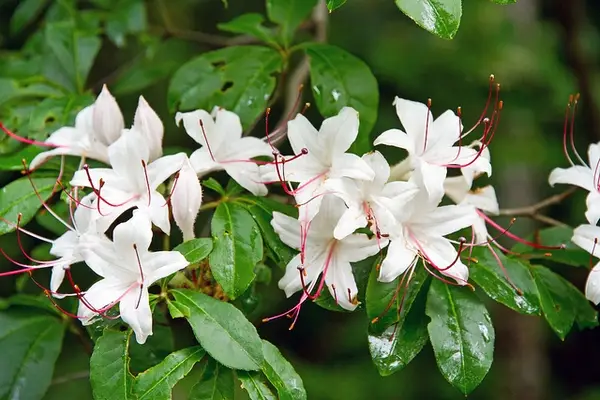
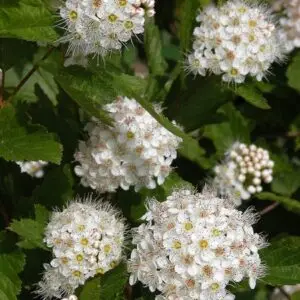
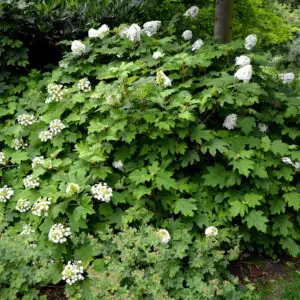
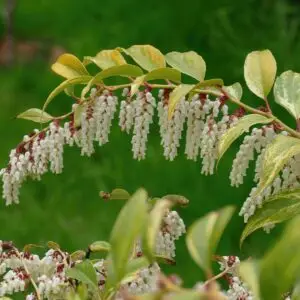
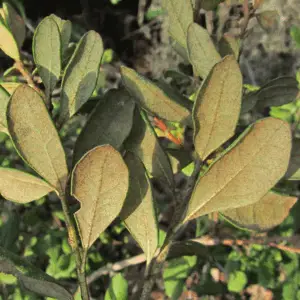
Reviews
There are no reviews yet.